Carnegie Mellon University School of Music

“
The morning cup of coffee has an exhilaration about it which the cheering influence
of the afternoon or evening cup of tea cannot be expected to reproduce.”
“The Professor at the Breakfast-Table” (Oliver Wendell Holmes Sr., 1858)
Documenting how tall the corn is on June 10th.
Lotta season left…. pic.twitter.com/92rsPTMnPk— Katie (@K84IAST8) June 11, 2024
Student Cornbread Recipe Message Board
Student Affairs: Spots to Grab a Coffee on Campus
United States Department of Agriculture: Is Corn a Grain or a Vegetable?
Pro Farmer Tour 2024, south central Nebraska sweet corn edition. @PVseed planted May 22. Pivot irrigated. #Pftour24 pic.twitter.com/vdMEV2GfiR
— Laura Farms (@laurafarms_) August 20, 2024
ICC Group A Monograph (April 2024)
Note 80 school-related entrance and egress concepts (Search term: “School”)
2024 Group A Proposed Changes to the I-Codes (October 2024)
Note 40 school-related entrance and egress concepts (Search term: “School”)
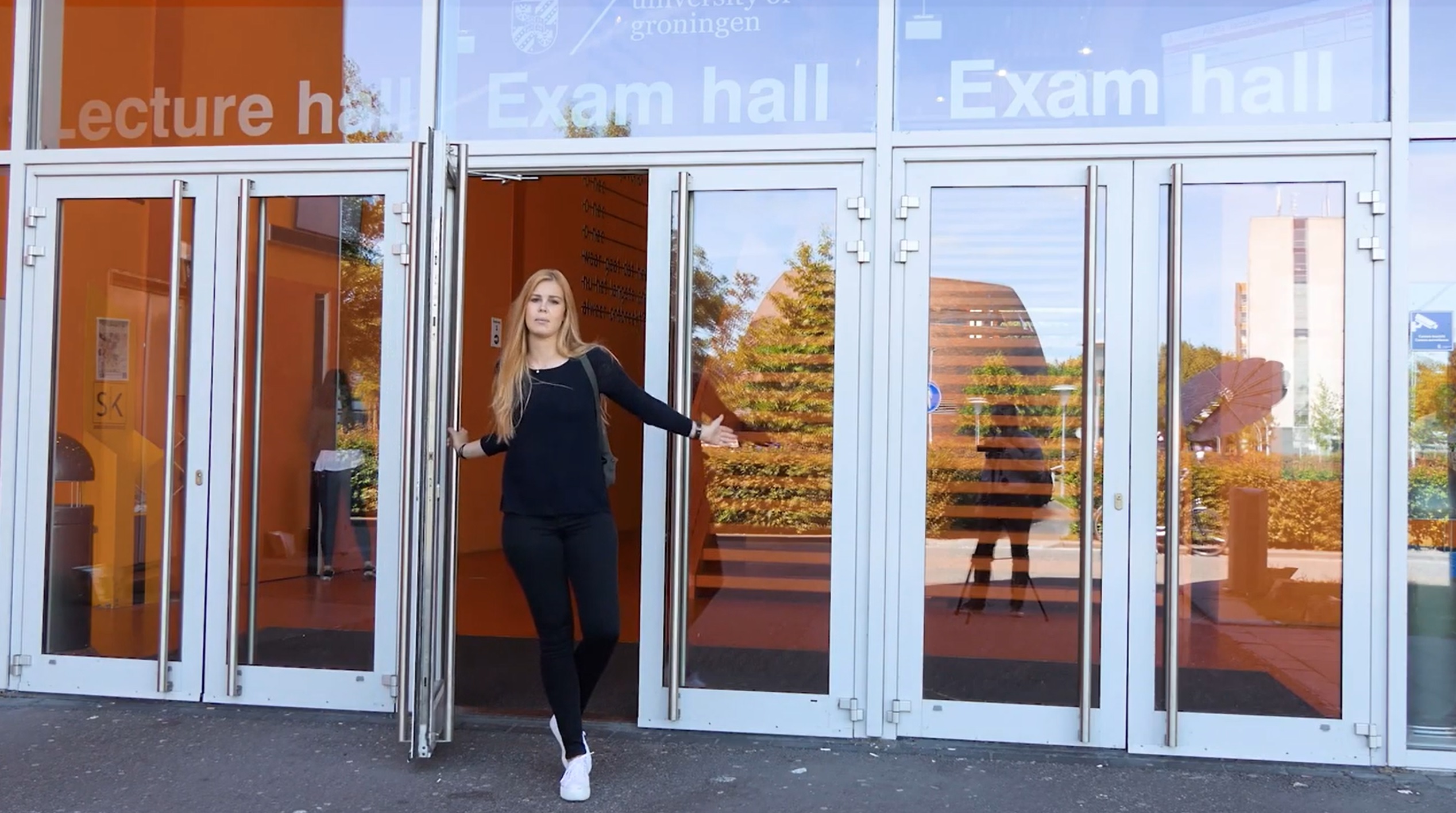 Doors have long since been a simple “opening” or “fenestration”. Doors are “portals”; nodes on the geometry of the Internet of Small Things. There are 100’s of thousands of these nodes on any single college, university or school district. First costs run from $1000 per door in a classroom to $100,000 per door in hospitals with maintenance and operation costs commensurate with complexity of the hardware and software needed to maintain integration of the door with building security and energy systems.
Doors have long since been a simple “opening” or “fenestration”. Doors are “portals”; nodes on the geometry of the Internet of Small Things. There are 100’s of thousands of these nodes on any single college, university or school district. First costs run from $1000 per door in a classroom to $100,000 per door in hospitals with maintenance and operation costs commensurate with complexity of the hardware and software needed to maintain integration of the door with building security and energy systems.
We find the bulk of best practice identified in the catalogs of the following accredited standards developers for the United States construction markets:
ASTM International
Conflicting Requirements of Exit Doors
Standard Practice for Installation of Exterior Windows, Doors and Skylights
Repair Methods for Common Water Leaks at Operable Windows and Sliding Glass Doors
Builders Hardware Manufacturers Association
International Code Council
International Building Code Chapter 10:
Chapter 24: Glass and Glazing
Accessibility Requirements (Referenced from ICC A117.1)
Energy Efficiency (Referenced from IECC)
“At School Doors” 1897 | Nikolay Bogdanov-Belskyhttps://t.co/FV2W5z42xY
46454E4553544154494F4Ehttps://t.co/1GCno4M9EV pic.twitter.com/nZFSx82gwk— Standards Michigan (@StandardsMich) April 17, 2024
IEEE Current Issues and Recent Research
National Fire Protection Association
Steel Door Institute
University of Michigan Design Guideline 4.7: Building Access Control
University of Michigan Electrical Division 28: Electronic Safety and Security
The oldest door still in use in Pantheon, Rome – Italy.
Cast in bronze for emperor Hadrian’s rebuilding, dated about 115 AD.#archaeohistories pic.twitter.com/Pjy4JYwDa2
— ArchaeoHistories (@histories_arch) September 14, 2022
The US federal government and all 50-states adapt safety and sustainability concepts from the foregoing publishers; either partially or whole cloth.
Today at the usual hour we examine the moment in the standard of care for doors in education communities in the United States. Join the colloquium with the login credentials at the upper right of our home page.
It's all about those little details, folks! How cool is this hand-finished brass hinge??! It's one of our favorites.
You can find at House of Antique Hardware in their antique-by-hand finish. You can thank us later 🙂 pic.twitter.com/7C0kxGe31N
— Building Culture (@Build_Culture) January 19, 2025
When the startup matures to the point of getting a front door sign 🥹 pic.twitter.com/vGDXRb2o6x
— Lauren Stopfer, PhD (@lstops) September 25, 2023
It’s lovely to see us all together 😍 pic.twitter.com/nNz8q9OJfw
— Magdalen College (@magdalenoxford) September 27, 2023
Scope: Standardization in the field of doors, doorsets, windows, and curtain wall including hardware, manufactured from any suitable material covering the specific performance requirements, terminology, manufacturing sizes and dimensions, and methods of test. The Japanese Engineering Standards Committee is the Global Secretariat.
Multinational manufacturing and trade in the door manufacturing industry involve the production, distribution, and sale of doors across international borders. This industry encompasses a wide range of door types, including residential, commercial, industrial, and specialty doors. Here are some of the key fine points to consider in multinational manufacturing and trade within the door manufacturing sector:
In summary, multinational manufacturing and trade in the door manufacturing industry require a comprehensive understanding of global markets, regulatory compliance, cultural differences, and logistics. Successfully navigating these complexities can help manufacturers expand their reach and compete effectively in a globalized world.
Relevant agencies:
ASTM International: ASTM develops and publishes voluntary consensus standards used in various industries, including construction. ASTM standards cover materials, testing procedures, and specifications related to doors, windows, and associated components.
National Fenestration Rating Council (NFRC): NFRC is a U.S.-based organization that focuses on rating and certifying the energy performance of windows, doors, and skylights. They provide performance ratings and labels used by manufacturers to communicate product energy efficiency to consumers.
American Architectural Manufacturers Association (AAMA): AAMA is a U.S.-based organization that develops standards and specifications for windows, doors, and curtain walls. Their standards cover performance, design, and testing.
National Institute of Building Sciences (NIBS): NIBS is involved in research, education, and the development of standards for the building and construction industry in the United States.
This content is accessible to paid subscribers. To view it please enter your password below or send mike@standardsmichigan.com a request for subscription details.
INTERVIEW: Student Ellie Ford on founding the University’s first cold water swimming group
| “Port Meadow is absolutely beautiful and a wonderful place to swim. We often swim in a different spot from other open water swimming groups in order to create a more relaxed environment – especially for our beginners. We do special beginners swims on Saturdays, to ease new members into the practise slowly and very carefully.
Safety is paramount, so I’ll walk them in to the water and they can immerse themselves as much as they want. We never allow anyone to jump or dive into cold water – the shock can cause a swimmer to gulp for air and subsequently ingest water; it’s always a gentle process.” — Ellie |
Sex Difference in Female and Male Ice Swimmers
Michigan Central § 2024 Net Position: $5.600B
“…Hot cocoa and hot chocolate are terms that we often used interchangeably. Technically, hot cocoa and hot chocolate are as different as milk chocolate and bittersweet chocolate. Hot cocoa is made with cocoa powder, the way my mother made it when I was a kid. Hot chocolate is made from melting chocolate bars into cream…”
Plant science at your dinner table: Hot chocolate vs. hot cocoa
Today at 16:00 UTC we examine the interaction among several standards catalogs of ANSI accredited, consortia and ad hoc electrotechnology standards developers with respect to governmental regulation of maternity and neonatal care at all levels.





Architectural standards for Neonatal Intensive Care Units (NICUs) are designed to create a safe, efficient, and healing environment for newborns requiring intensive medical care. These standards encompass various aspects, including layout, space requirements, environmental controls, and infection control. Here are the key architectural standards for NICUs:
1. Space Requirements
Single-Patient Rooms: Preferably, NICUs should have single-patient rooms to reduce the risk of infection and provide privacy for families. The recommended size for each room is around 150 square feet.
Open Bay Design: If single-patient rooms are not feasible, open bay designs with a minimum of 120 square feet per infant space should be considered.
Family Areas: Incorporate family zones within or adjacent to the patient care area to support family involvement in care.
2. Environmental Controls
Lighting: Use adjustable lighting to mimic natural day-night cycles. Dimmable and indirect lighting is recommended to reduce stress on infants.
Noise Control: Implement sound-absorbing materials and design to maintain noise levels below 45 decibels. Alarms and other auditory signals should be as non-disruptive as possible.
Temperature and Humidity: Maintain a controlled environment with temperatures between 72-78°F and relative humidity between 30-60% to support the infants’ thermal regulation.
3. Infection Control
Hand Hygiene Facilities: Provide sinks with touchless faucets in each patient room and strategically placed hand sanitizer dispensers.
Air Quality: Use HEPA filtration systems to maintain high air quality and reduce airborne infections. Ensure proper ventilation and air exchange rates.
Surfaces and Materials: Use easily cleanable and antimicrobial surfaces and materials to minimize the risk of infection.
4. Functional Design
Nurse Stations: Design nurse stations to have a clear line of sight to all patient areas. Centralized and decentralized stations can be used depending on the layout.
Equipment and Storage: Include adequate storage space for medical equipment and supplies within close proximity to patient care areas. Ensure equipment is easily accessible yet out of the way to prevent clutter.
Utilities and Support Spaces: Provide adequate space for utilities such as oxygen, medical gases, electrical outlets, and data ports. Support spaces should include areas for medication preparation, clean and dirty utility rooms, and staff break areas.
5. Safety and Accessibility
Emergency Access: Ensure clear and unobstructed pathways for emergency access and equipment transport.
Accessibility: Design the unit to be fully accessible to staff, patients, and families, including those with disabilities. Compliance with ADA (Americans with Disabilities Act) standards is essential.
Security: Implement security measures to control access to the NICU, including electronic access control systems and surveillance cameras.
6. Aesthetic and Healing Environment
Color and Decor: Use calming colors and artwork to create a soothing environment. Avoid bright or overly stimulating colors.
Nature Integration: Where possible, incorporate natural elements such as views of nature, indoor plants, and natural light to promote a healing environment.
7. Flexibility and Future Expansion
Modular Design: Use a modular design approach to allow for easy reconfiguration and future expansion of the NICU as needed.
Scalability: Plan for scalable infrastructure to accommodate technological advancements and changing patient care needs.
These architectural standards aim to provide a safe, efficient, and supportive environment for both the infants and their families, while also meeting the operational needs of healthcare providers.
Case Studies:
Neonatal Clinical Outcomes: a Comparative Analysis
Camera-Based Heart Rate Variability for Estimating the Maturity of Neonatal Autonomic Nervous System
Modulation frequency analysis of seizures in neonatal EEG
EEG ‘diarization’ for the description of neonatal brain injuries
List of colleges and universities with extensive neonatal research and clinical facilities:
East Coast
Midwest
South
West Coast
International
The NFPA 99 Healthcare Facilities Code committee develops a distinct consensus document (i.e. “regulatory product”) that is distinct from National Electrical Code Article 517; though there are overlaps and gaps that are the natural consequence of changing technology and regulations. It is worthwhile reviewing the scope of each committee:
NFPA 99 Scope: This Committee shall have primary responsibility for documents that contain criteria for safeguarding patients and health care personnel in the delivery of health care services within health care facilities: a) from fire, explosion, electrical, and related hazards resulting either from the use of anesthetic agents, medical gas equipment, electrical apparatus, and high frequency electricity, or from internal or external incidents that disrupt normal patient care; b) from fire and explosion hazards; c) in connection with the use of hyperbaric and hypobaric facilities for medical purposes; d) through performance, maintenance and testing criteria for electrical systems, both normal and essential; and e) through performance, maintenance and testing, and installation criteria: (1) for vacuum systems for medical or surgical purposes, and (2) for medical gas systems; and f) through performance, maintenance and testing of plumbing, heating, cooling , and ventilating in health care facilities.
NFPA 70 Article 517 Scope: The provisions of this article shall apply to electrical construction and installation criteria in healthcare facilities that provide services to human beings. The requirements in Parts II and III not only apply to single-function buildings but are also intended to be individually applied to their respective forms of occupancy within a multi-function building (e.g. a doctor’s examining room located within a limited care facility would be required to meet the provisions of 517.10) Informational Note: For information concerning performance, maintenance, and testing criteria, refer to the appropriate health care facilities documents.
In short, NFPA 70 Article 517 is intended to focus only on electrical safety issues though electrotechnology complexity and integration in healthcare settings (security, telecommunications, wireless medical devices, fire safety, environmental air control, etc.) usually results in conceptual overlap with other regulatory products such as NFPA 101 (Life Safety Code) and the International Building Code.

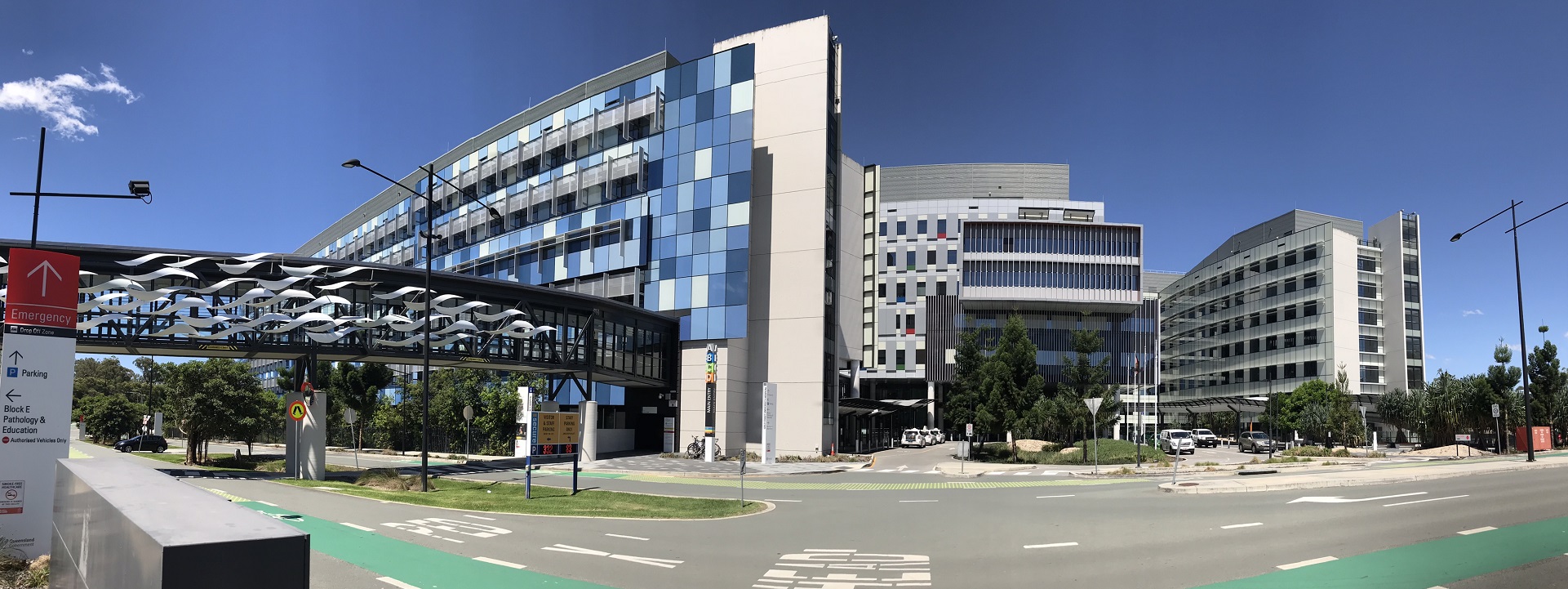

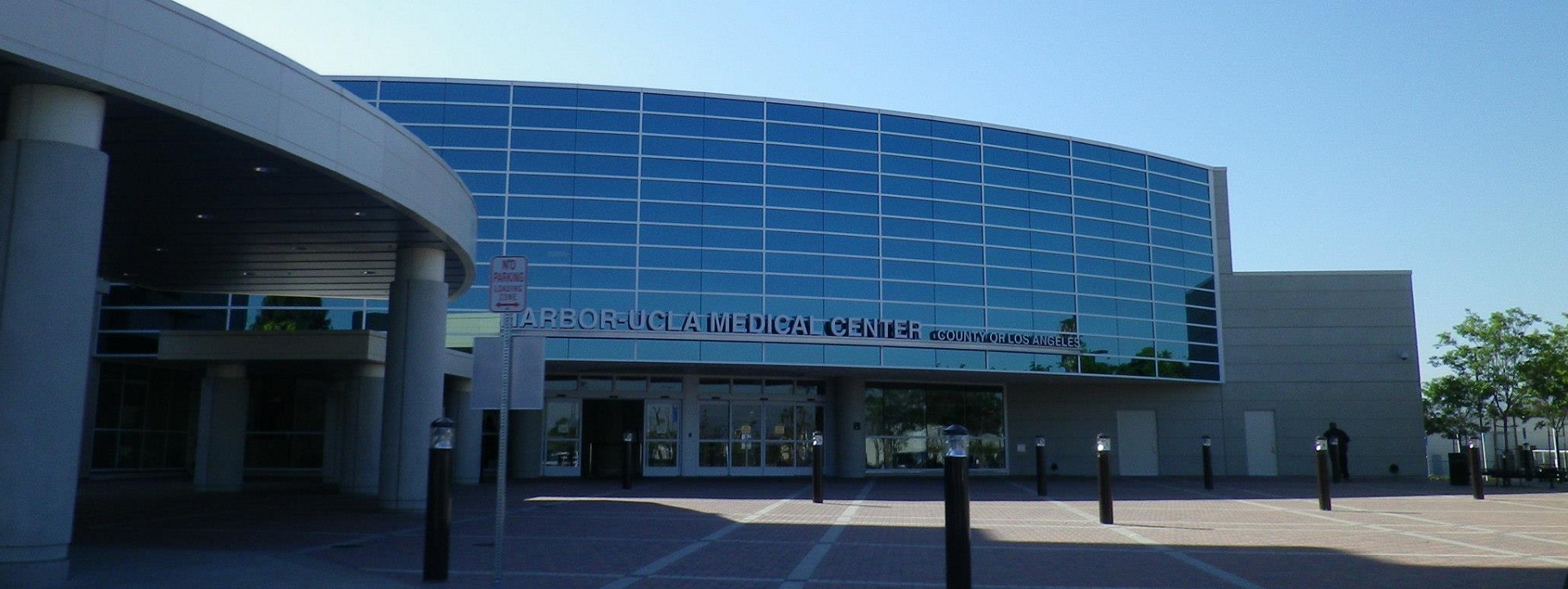


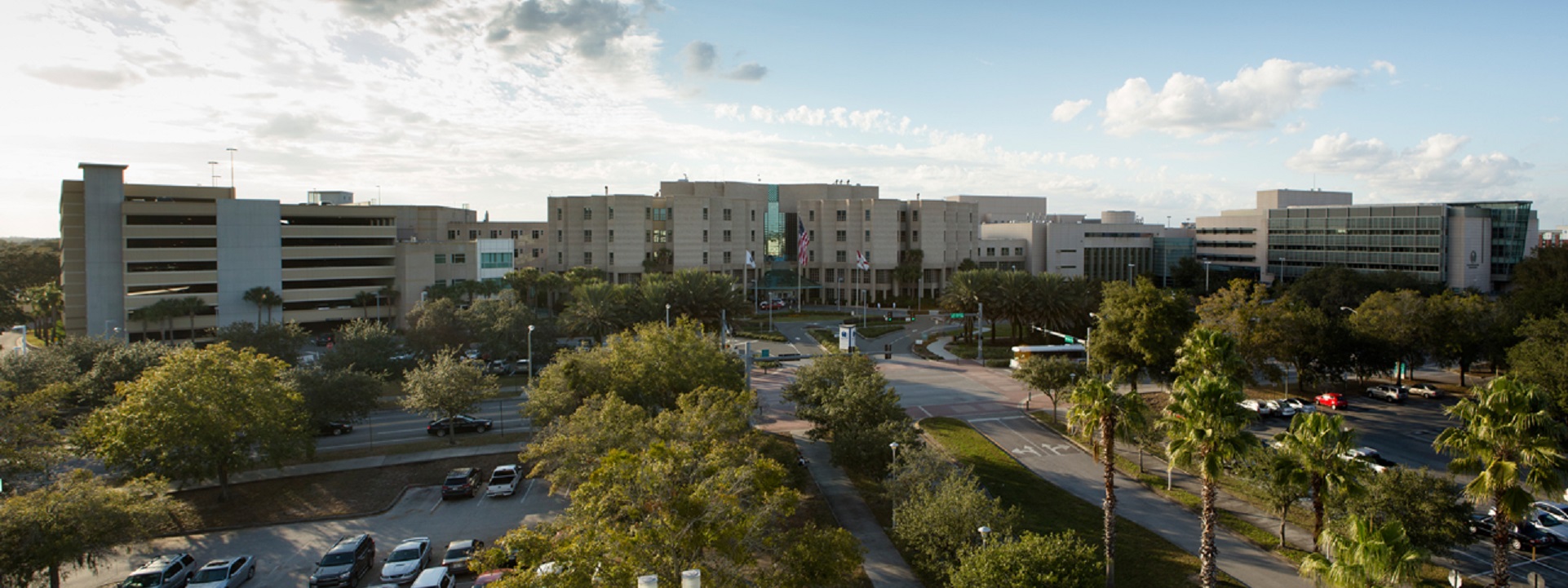

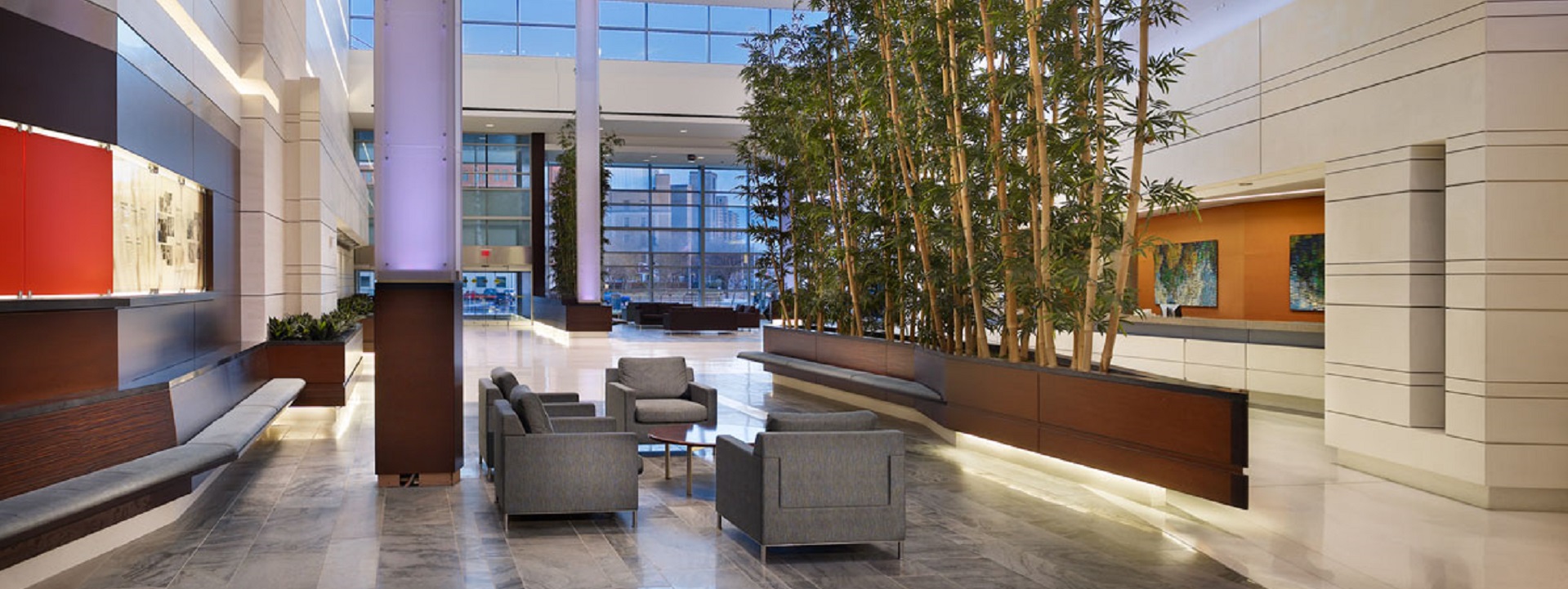
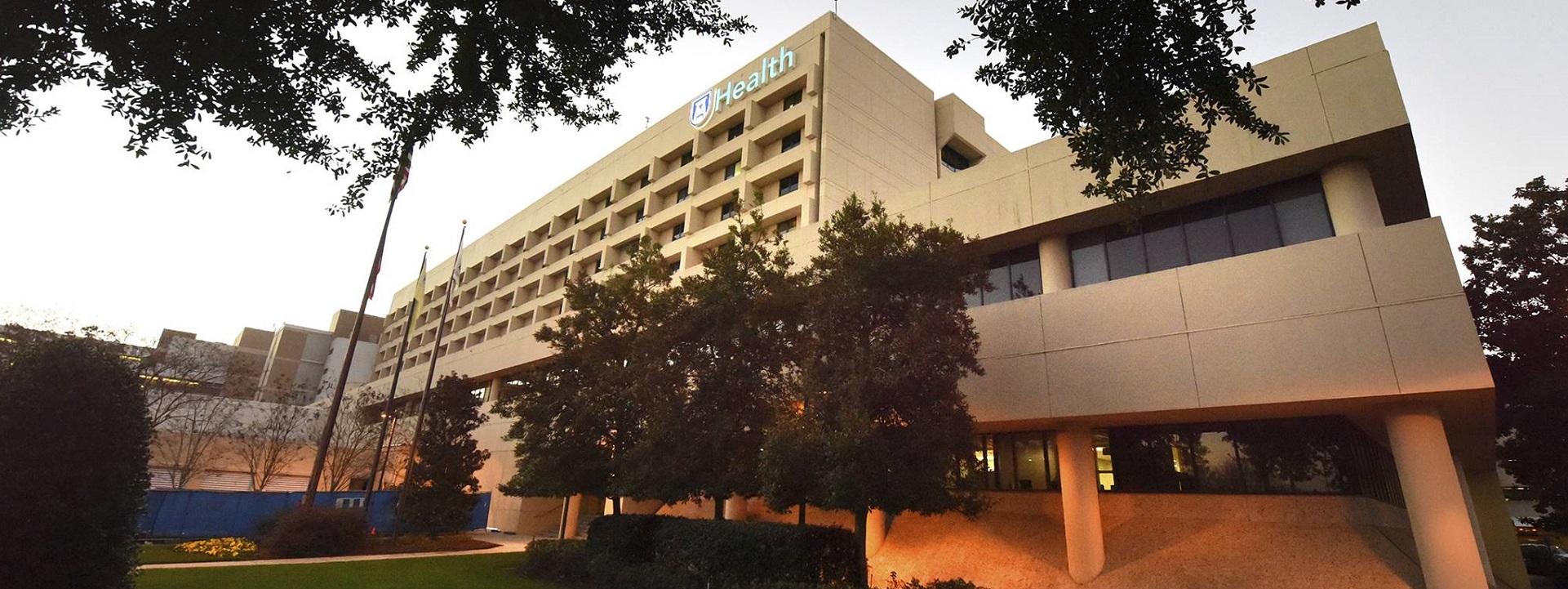

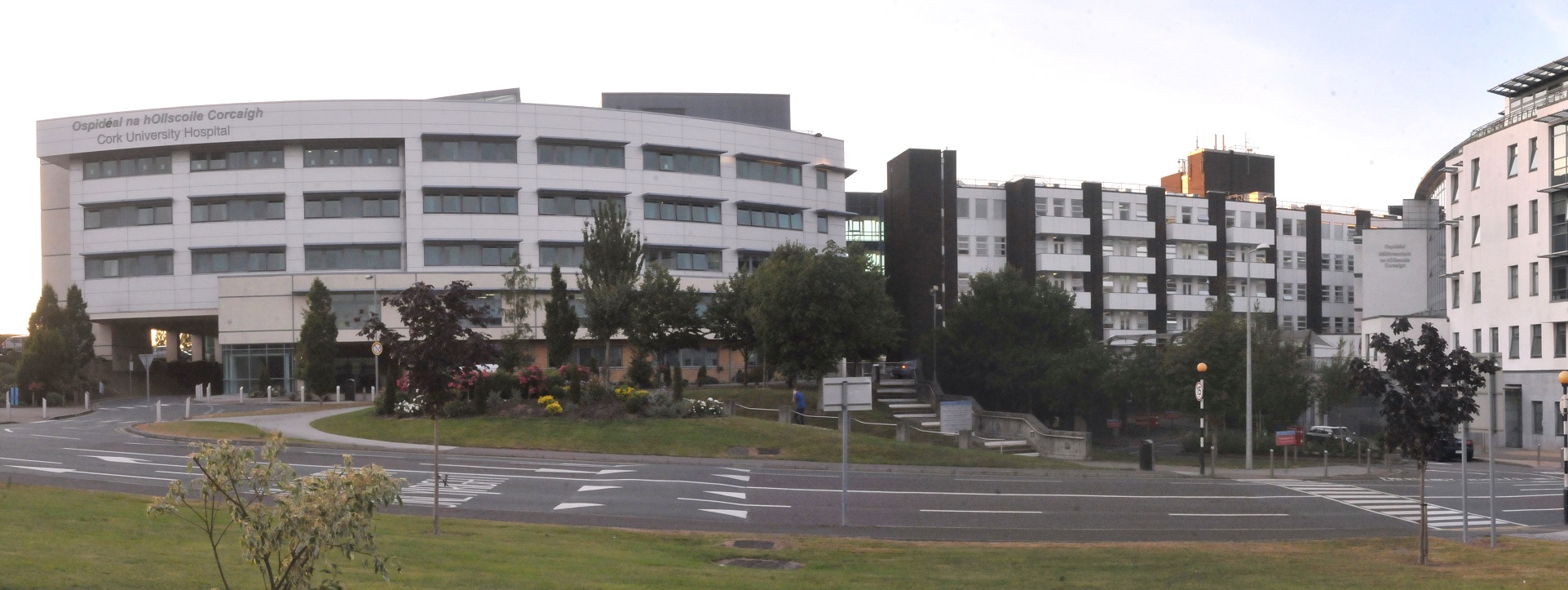

Several issues were recently debated by the Article 517 technical committee during the 2023 National Electrical Code Second Draft meetings
There are, of course, many others, not the least of which involves emergency management. For over 20 years our concern has been for the interdependency of water and electrical power supply to university hospitals given that many of them are part of district energy systems.
We need to “touch” this code at least once a month because of its interdependence on other consensus products by other standards developing organizations. To do this we refer NFPA 99 standards action to the IEEE Education & Healthcare Facilities Committee which meets online four times monthly in European and American time zones.
The transcript of NEC Article 517 Public Input for the 2023 revision of NFPA 70 is linked below. (You may have to register your interest by setting up a free-access account):
Code-Making Panel 15 (NEC-P15) Public Input Report
Code-Making Panel 15 (NEC-P15) Public Comment Report
Technical committees will meet in June to endorse the 2023 National Electrical Code.
Public consultation on the Second Draft closes May 31st. Landing page for selected sections of the 2024 revision of NFPA 99 are linked below:
Health Care Emergency Management and Security (HEA-HES)
Second Draft Comments are linked below:
Health Care Emergency Management and Security (HEA-HES)
NITMAM closing date: March 28, 2023
We break down NFPA 70 and NFPA 99 together and keep them on the standing agenda of both our Power and Health colloquia; open to everyone. See our CALENDAR for the next online meeting.
Issues: [12-18, [15-97] and [16-101]
Contact: Mike Anthony, Jim Harvey, Robert Arno, Josh Elvove, Joe DeRosier, Larry Spielvogel
NFPA Staff Liaison: Jonathan Hart
New update alert! The 2022 update to the Trademark Assignment Dataset is now available online. Find 1.29 million trademark assignments, involving 2.28 million unique trademark properties issued by the USPTO between March 1952 and January 2023: https://t.co/njrDAbSpwB pic.twitter.com/GkAXrHoQ9T
— USPTO (@uspto) July 13, 2023
Standards Michigan Group, LLC
2723 South State Street | Suite 150
Ann Arbor, MI 48104 USA
888-746-3670
